Individuals in the U.S. special operations community often speak of Tiers. Thus far, we have examined the characteristics of Tier 1 teams, but what can be said about the Tier 2 units?
Tier 2 Units
Tier 2 Special Mission Units are open to any non-disabled male in the U.S. Military. However, the selection process is rigorous, with many candidates not cutting. These units may include, but are not limited to:
- Navy SEALs – U.S. Navy
- Marine Raiders – US Marine Corps
- Marine Force Recon – US Marine Corps
- Combat Controllers – U.S. Air Force
- Rangers – U.S. Army
- Special Forces – U.S. Army
- Asymmetric Warfare Group – U.S. Army
Tier 2 units are still highly elite and have a rigorous selection process. However, joining them is considered more accessible compared to Tier 1 units. For instance, the regular Navy SEALs, a Tier 2 unit, have a dropout rate of 80-85% during training. This is a high attrition rate; however, it’s worth noting that the British Special Air Service (SAS), another Tier 1 unit, has an even higher dropout rate of 90-95%. Additionally, only soldiers with a minimum of 3 years of military service are permitted to apply, which limits the pool of applicants to more elite soldiers.
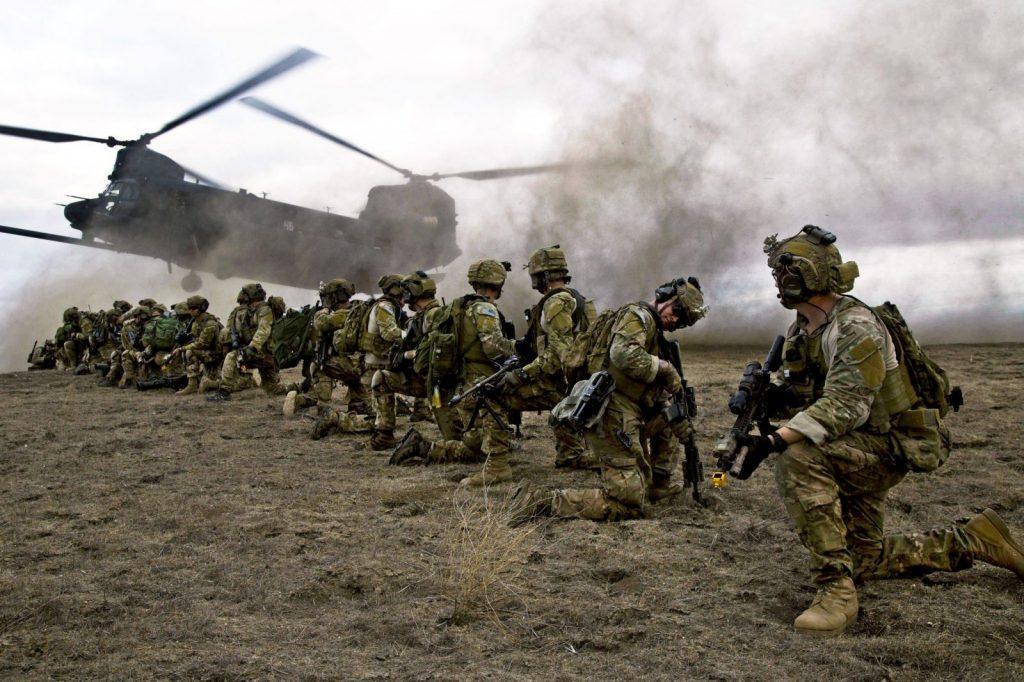
Compared to the Tier 1 unit, Delta Force, which the SAS initially trained, has a dropout rate similar to the SAS, while all its members are already Tier 2 spec ops members.
To be selected for Tier 2 units, candidates must possess superior physical fitness and strength, among others. On the other hand, to be selected for Tier 1 units, in addition to the physical expectations, candidates must have prior military service and have already developed military skills such as marksmanship, explosives handling, and tactics knowledge. Once fully trained as a Tier 1 special ops member, soldiers undergo additional training in psychological resistance, evasion tactics, and Survival, Evasion, Resistance, and Escape (SERE) training.

What does Tier 2 represent?
It is often believed that Tier status is determined by funding; however, this notion is incorrect. Tier ranking pertains to superiority, so the CIA’s Special Activities Center (SAC) and the paramilitary Special Operations Group (SOG) select from Tier 1 units. These elite agencies, such as SAD/SOG/SAC, recruit from DEVGRU and Delta, not from the Army Rangers. Even when the CIA employs special forces units for operations, they still opt for Tier 1 rather than Tier 2. For example, when the CIA orchestrated the operation to eliminate or capture Osama Bin Laden in Abbottabad, Pakistan, they utilized the Development Group (DEVGRU) rather than a standard SEAL Team.
It could be argued that the Rangers (75th Ranger Regiment) have reached Tier 1 status due to the overwhelming demand for their direct-action expertise.
* The expression “Special Mission Unit” or “Special Missions Unit” (SMU) is a formal terminology that is occasionally employed, particularly in the United States, to designate specific military Special Operations Forces. These specialized units have played a role in high-profile military operations, such as the demise of Osama Bin Laden.



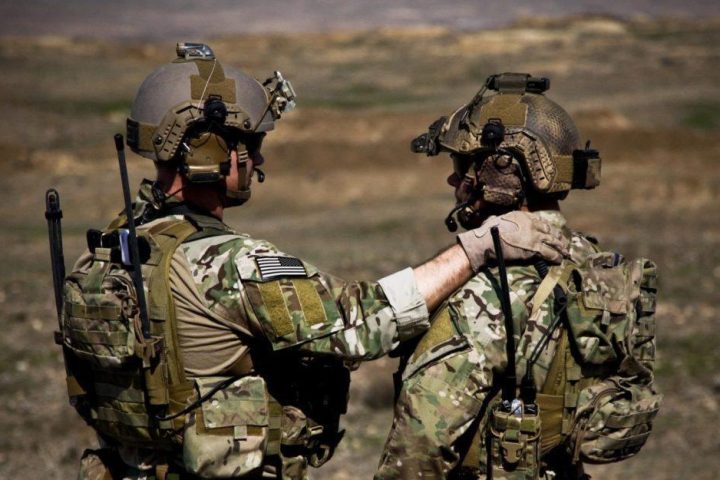
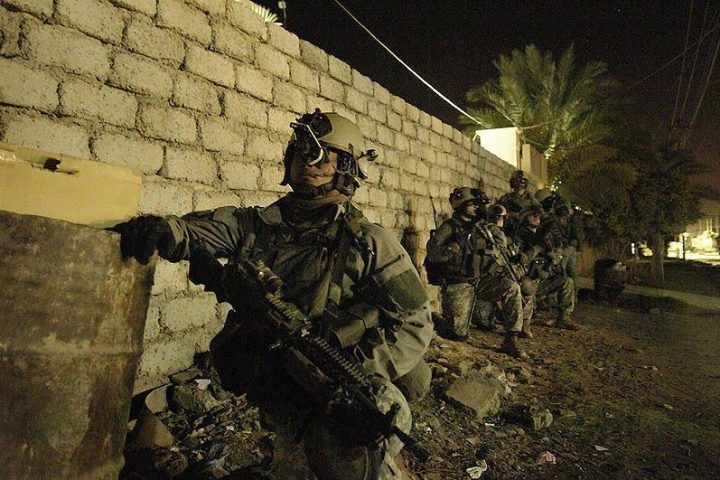
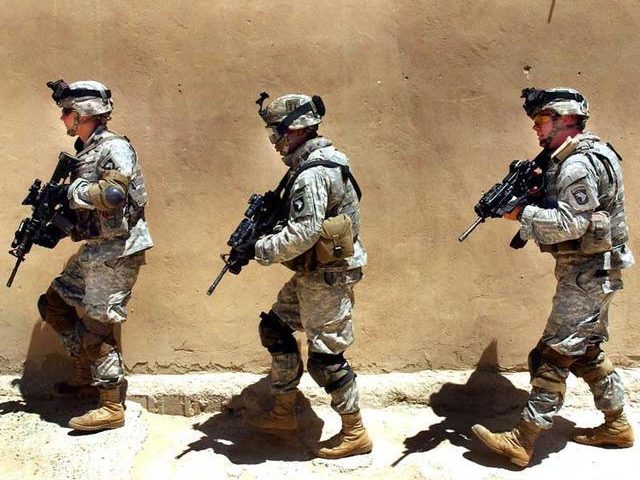
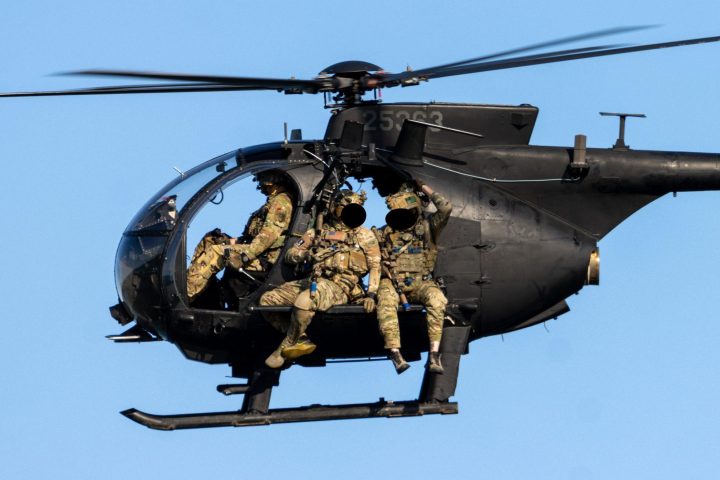
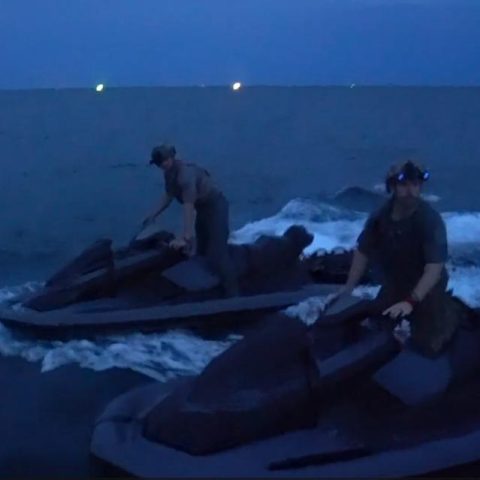
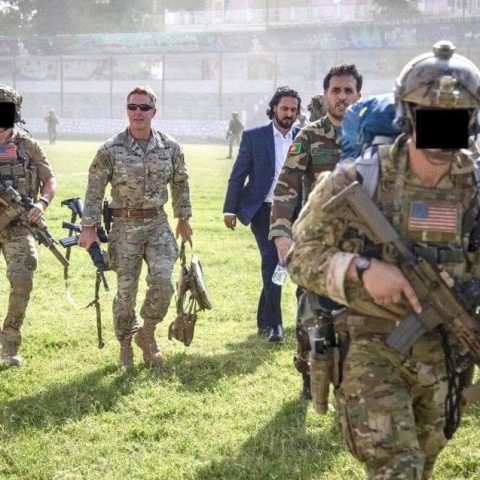
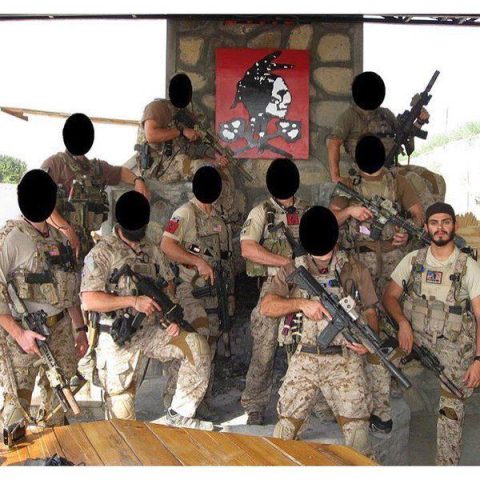
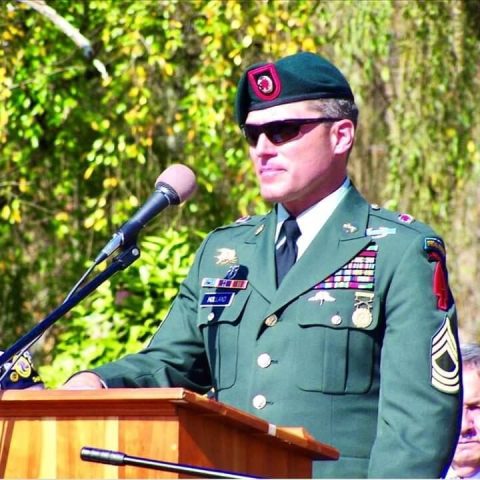
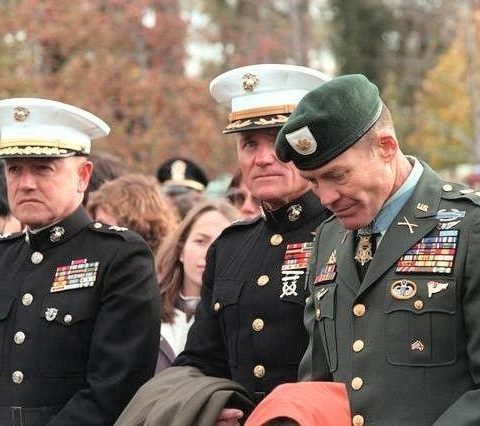
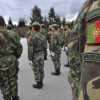
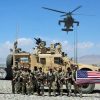
“and like I said all Delta members are already Tier 2 spec ops members.” Not true!
While it’s true that Delta recruits HEAVILY from Tier 2 units (as I understand it, the 75th Ranger Regiment), they’ll also attempt recruitment from anybody who fits the minimum criteria (age, TIS, rank, etc.) and is willing to show up at a particular location on Fort Bragg for a slightly modified APFR test… I used to get recruitment emails from them.
https://sofrep.com/news/sof-operate-north-korea/
according to this article it seems as if marsoc is allowed to do tier 1 and 2 missions depending on if they’re needed for the particular mission. they seem to qualify for both since theyre more used to amphibious missions, they pull heavily from force recon but are more selective, and force recon is already a tier 2.
Who actually researches this? Obviously has no knowledge of the units and “Tier” ranking..
” … and as I said, all Delta members are already Tier 2 spec ops members.” Nice articles, but I must correct this comment. SOCOM teams come from and serve all around the world, doing the stuff most can’t (aren’t trained to do) and/or the shite that “never happened”. Like ALL who Serve> They are Heroes.
As DELTA comprise members of and default to, the US Army 1st Special Forces Group, i.e. THE Green Berets, they are Special Forces, not Spec Ops. Spec Ops Groups include a broad mix of US, US & NATO, US & Allies, NATO Allies, etc.; US Military Groups/Units comprising inter/intra-US DoD, US Military Branches (US Army, US Army ARNG, Navy, USMC, and USAF); plus those from the CIA (possibly, including the other 17 IC Agencies)
They come from, are selected and paired with various Units and different Military Branches, depending on the Mission Profile, objectives, Specialised Skills, etc., and/or they serve under their Branch or as mixed. e.g. Accepted, pass, and finish all Initial & AIT Training, complete Basic Airborne School – everyone gets two chances to pass, to TRY to “hurry up and wait” before earning their Blood Wings. In a way, kinda like US Army Rangers, US Army Special Forces have to earn their Black Berets before they have a chance to earn the Second Beret (Maroon) Airborne (ATW!) and Tabs. Then, they must endure the additional challenges to earn their Third Coloured Berets and Shoulder Tabs, Tan for US Army Rangers (Respect.) and Green for Long-Tabbers, Snake-Eaters, Warrior/Diplomats, Green Berets, or US Army Special Forces.
As The Colonel taught us, “To be Spec Ops or Spec Forces, you gotta be AIRBORNE! (i.e. Complete “Jump School”, earn your B. Wings)” and “MARSOC Raiders, SEALS, SERE, Green Berets etc. are Special Operations, but only Green Berets are Special Forces.”
He was 82nd before 3rd SFG(A), so I admit my bias. Like ALL who Volunteer and Serve, all Branches, all = Heroes! He currently Rests amongst the Finest Americans, in ANC. Love and Miss you, Sir.
Thank you to all Heros! #PTSD #22TooMany
USAF CCTS are Tier 1
Eric Sof,
Much of what you said was slightly disparaging, and other things were not true at all. I wonder what makes you qualified to write this? its definitely an opinion piece.
the SAS is….tier 2? lol. ok Hemingway. You sir are a retard.
The UK have no tier system. All SF units under go the same selection, this includes SAS, SBS, SRR, and perhaps more. The UK has units that a more akin to tier two, those being Royal Marines Commandos (classified as special operations capable), Ranger Regiment (newly formed), and the SFSG (Special Forces Support Group).